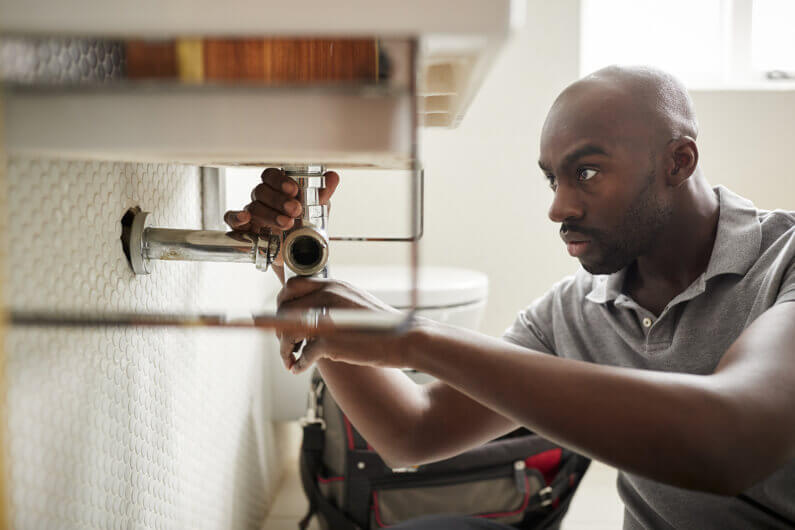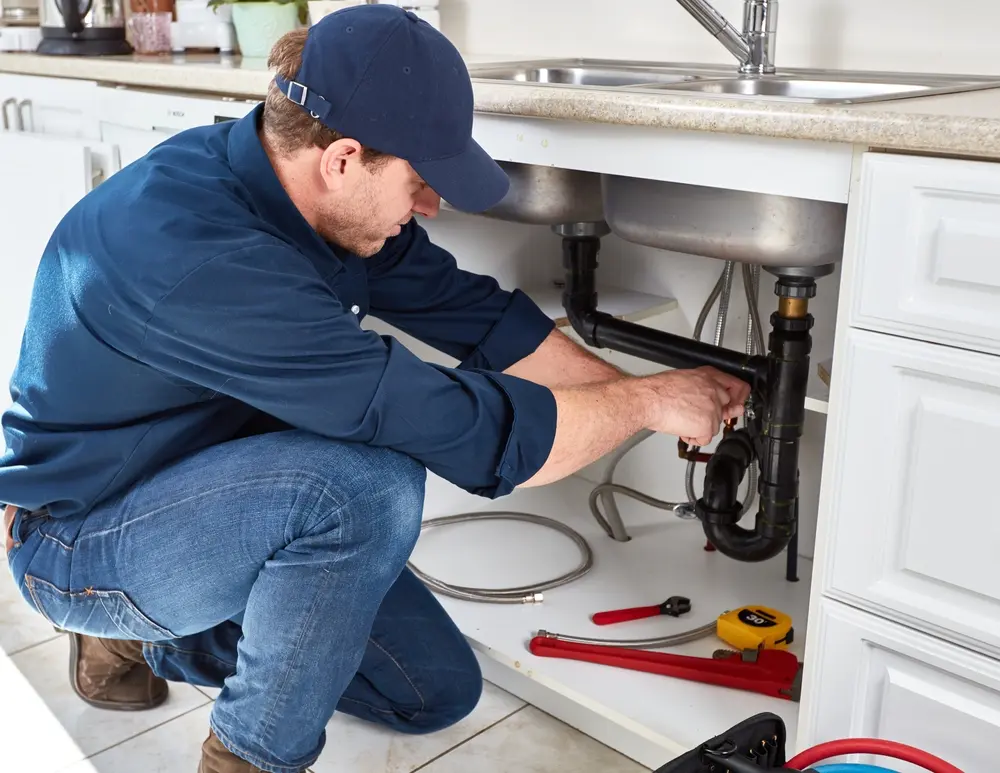Essential Plumbing Alabaster AL Tips for Homeowners
Essential Plumbing Alabaster AL Tips for Homeowners
Blog Article
A Detailed Overview to Reliable Hot Water Heater Installation for Ideal Efficiency
Getting started on the task of mounting a water heating system is an endeavor that requires precision and an organized technique for achieving optimal efficiency. As you continue, the complexities of connecting water supply lines and establishing up dependable electric or gas links await, promising understandings into making certain performance and integrity.
Picking the Right Water Heating Unit

Next, take into consideration the dimension and capacity of the water heater. It's vital to examine your house's warm water needs, which can differ based upon the variety of owners and their usage patterns. An unit that's too small may bring about not enough warm water, while an extra-large model may result in unneeded energy intake.
Efficiency rankings also play a pivotal duty in selection. Try to find water heaters with high Energy Aspect (EF) ratings, suggesting exceptional performance and decreased power use. Tankless models, though generally more pricey upfront, offer substantial power savings with time as a result of their on-demand heating capacities.
Preparing the Setup Location
Prior to setting up a new water heating system, careful preparation of the setup location is necessary. This ensures a smooth setup process and aids stop future difficulties (Plumbing Services Alabaster AL). Begin by selecting a suitable area that adheres to local building regulations and security criteria. The location should be dry, well-ventilated, and obtainable for maintenance. It's essential to measure the space very carefully to accommodate the hot water heater's dimensions, guaranteeing adequate clearance around the device for efficient procedure and servicing.
Examine the flooring for stability, as the water heating system will require a solid, level surface to operate properly. If necessary, install a drip frying pan beneath the system to capture potential leaks or spills, stopping water damage to the surrounding area.
In addition, guarantee that all essential tools and products are on hand prior to beginning the setup. This consists of products such as wrenches, screwdrivers, a level, and any extra equipment required for mounting and securing the heating unit. A well-prepared setup area sets the structure for an effective hot water heater setup, optimizing efficiency and safety.
Connecting Water System Lines
When linking water system lines to your newly installed hot water heater, it is essential to guarantee that all connections are leak-free and secure to preserve reliable operation and prevent water damages. Begin by determining the chilly and warm water lines. The cold water inlet is commonly marked with a blue label or a "C", while the warm water electrical outlet is noted with a red more label or an "H".
Use adaptable water heating unit adapters to assist in an easier installment process. Before attaching the ports, put a plumbing technician's tape around the threaded ends of the water heating system's inlet and electrical outlet pipelines.
When connections are in area, gradually switch on the major water shutoff. Examine each link for leaks by aesthetically feeling and examining for dampness. Tighten up connections as needed, and guarantee the stress relief valve is correctly mounted, safeguarding against excessive stress build-up.
Establishing Electric or Gas Links
Effectively establishing the electrical or gas connections for your water heating unit is a vital action to make sure effective and safe operation. For electrical hot water heater, begin by validating that the electrical circuit works with the heating system's voltage and amperage demands. Make sure the power supply is transformed off at the breaker to avoid accidents. Link the electrical cords to the heater adhering to the producer's electrical wiring layout. Usually, this includes attaching the ground cable to the environment-friendly terminal, and the continuing to be cords to their equivalent terminals, securing each with cable nuts.
For gas water heating systems, safety and security is paramount. Confirm that the gas supply is off before continuing. Connect the gas line to the hot water heater utilizing a flexible gas adapter, guaranteeing it is correctly threaded and secured with pipe joint compound or Teflon tape suitable for gas connections. Tighten the links with a wrench, taking care not to over-tighten (Drain Cleaning Alabaster AL).
As soon as links are made, examine for any kind of prospective leakages. For gas lines, apply a soapy water service to the joints; bubbles suggest a leak. For electric connections, ascertain that all wiring is protected and properly insulated, maintaining conformity with local electric codes.
Examining and Readjusting for Performance
With the electric and gas connections firmly in position, the following action is evaluating the operational effectiveness of your hot water heater. Begin by thoroughly turning on the supply of water and ensuring there are no leakages at any one of the joints or see this website valves. Once verified, proceed to load the storage tank, taking note of the stress and Your Domain Name temperature level setups. It is recommended to set the thermostat to an advised temperature level of around 120 ° F(49 ° C) to balance energy efficiency and comfort.
Next, perform an extensive evaluation to make sure the home heating elements or gas heaters are functioning properly. For electrical heaters, make use of a multimeter to verify if the aspects are attracting the appropriate present. In gas designs, observe the burner flame; it needs to be blue and steady, suggesting effective combustion.
Adjust the settings as necessary to get rid of inefficiencies. Take into consideration applying insulation procedures, such as including a water heating system blanket, to further improve performance by minimizing heat loss. Furthermore, check the anode rod's condition, as a worn-out pole can lower performance and lead to container deterioration.
Conclusion
Reliable water heating system setup is critical for making sure optimal efficiency and energy cost savings. Securely connecting water supply lines and carefully setting up electrical or gas connections decrease possible concerns.

Effectively establishing up the electric or gas links for your water heater is a critical step to ensure risk-free and effective procedure. For electrical water heaters, start by confirming that the electrical circuit is suitable with the heater's voltage and amperage demands. Connect the gas line to the water heating system utilizing a flexible gas adapter, guaranteeing it is correctly threaded and sealed with pipe joint substance or Teflon tape suitable for gas links.
Report this page